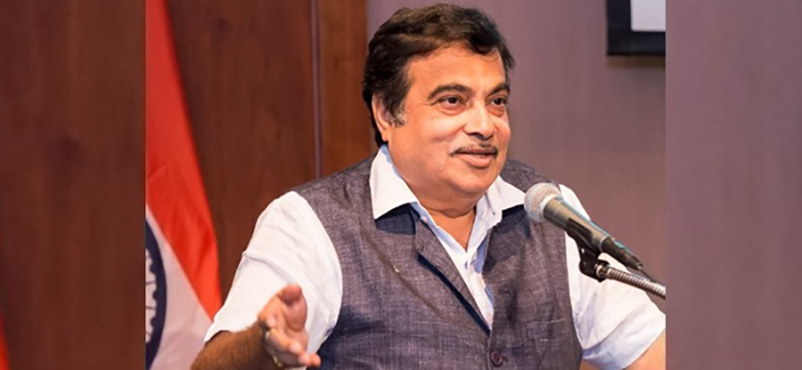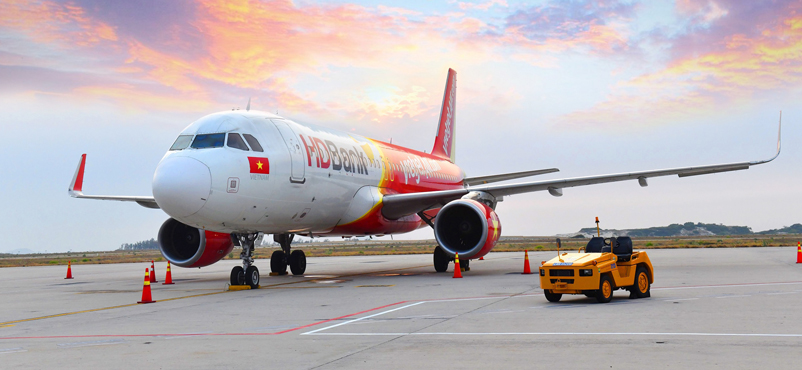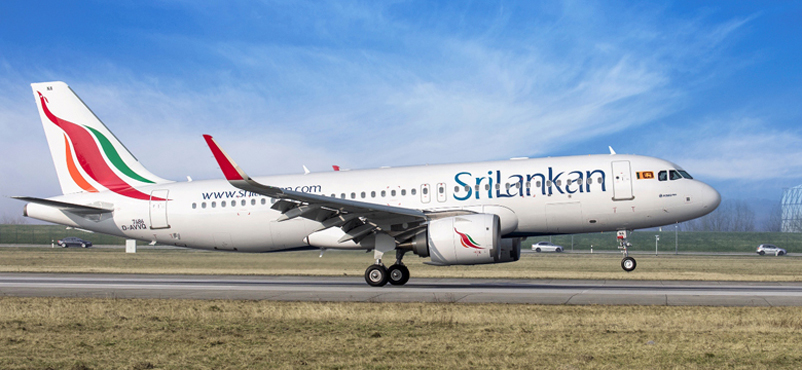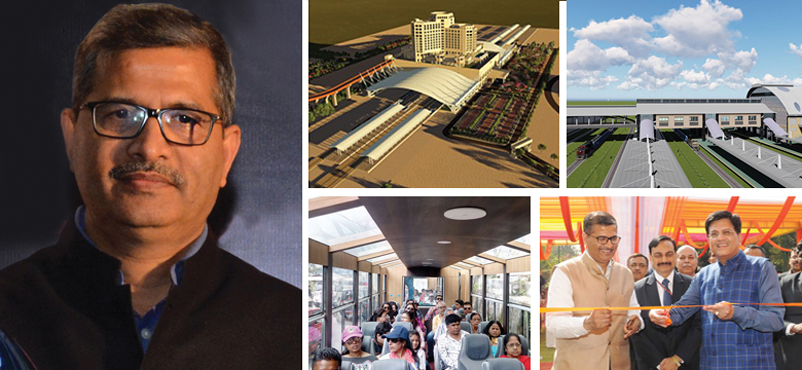Moving ahead with the government’s agenda to develop stronger regional connectivity, in the SAARC (South Asia Association of Regional Cooperation) region, India has embarked upon the implementation of a four-nation motor vehicle agreement mooted back in 2015, giving hopes to a wholesome growth in people-to-people movement in the region. The ambitious pact aims at allowing motor vehicles of all categories registered in three countries to move freely in the region.
For the uninitiated, Bhutan had inked the pact but could not get public and parliamentary support for ratification of the agreement while India, Bangladesh and Nepal have already ratified the pact.
“We have initiated action for implementation of BBIN (Bangladesh-Bhutan-India and Nepal) Motor Vehicle Agreement by Bangladesh, India and Nepal. This has been taken up with the Ministry of External Affairs for coordinating with other two countries,” Road Transport, Highways and Shipping Minister Gadkari said speaking to PTI. He further informed that Bhutan had suggested that Bangladesh, India and Nepal may consider implementation of the agreement.
There have been proposals of regular bus services with Nepal and Bangladesh, and “proposals to start such services on Kathmandu-Bodhgaya, Janakpur-Patna and Dehradun-Mahendranagar routes are underway,” Nitin Gadkari informed. “Between India and Bangladesh, bus services on Agartala-Dhaka, Kolkata-Dhaka, Guwahati-Shillong-Dhaka and Kolkata-Agartala via Dhaka are operational,” the minister said. Bus services between Delhi and Kathmandu, Varanasi- Kathmandu, Delhi-Mahendranagar and Delhi-Pokhra have already been started. India and Nepal Bus Service pact was signed in November 2014 and are likely to be initiated soon.
The government had inked the pact with an eye on realising the ultimate objective of free movement of people and goods in the region and had argued that “this would be supplemented through building and upgrading roads, railways and waterways.”
It is a fact that India as a destination is most accessible through airways. As much as 96 percent of all international traffic comes through airways. Add to that, due to historic reasons and ongoing political tussles, much of west Asia remains off limits by roads. The government, realising this loophole, had thrown its weight behind boosting infra ties with neighbours in the east. PM Modi took the engagement a step further from the usual: from Look East to Act East policy. India-Myanmar-Thailand Trilateral Highway is an example of the government’s intent to leverage good diplomatic ties and available road networks to open India to the South and Southeast Asia. With all the nations on board, Trilateral Highways project ,too, should be completed soon.
Now with BBIN agreement underway, the idea of a seamlessly inter-connected South Asian region is heading towards fructification. As the BBIN motor vehicles agreement is eventually implemented, tourist as well as cargo vehicles belonging to these SAARC nations will be able to enjoy seamlessly transit, creating favourable circumstances for fuelling regional travel. Not to forget, it will help bring some respite to our chocking aviation infrastructure – which caters to as much as 96 percent of all international traffic coming in to the country.




































